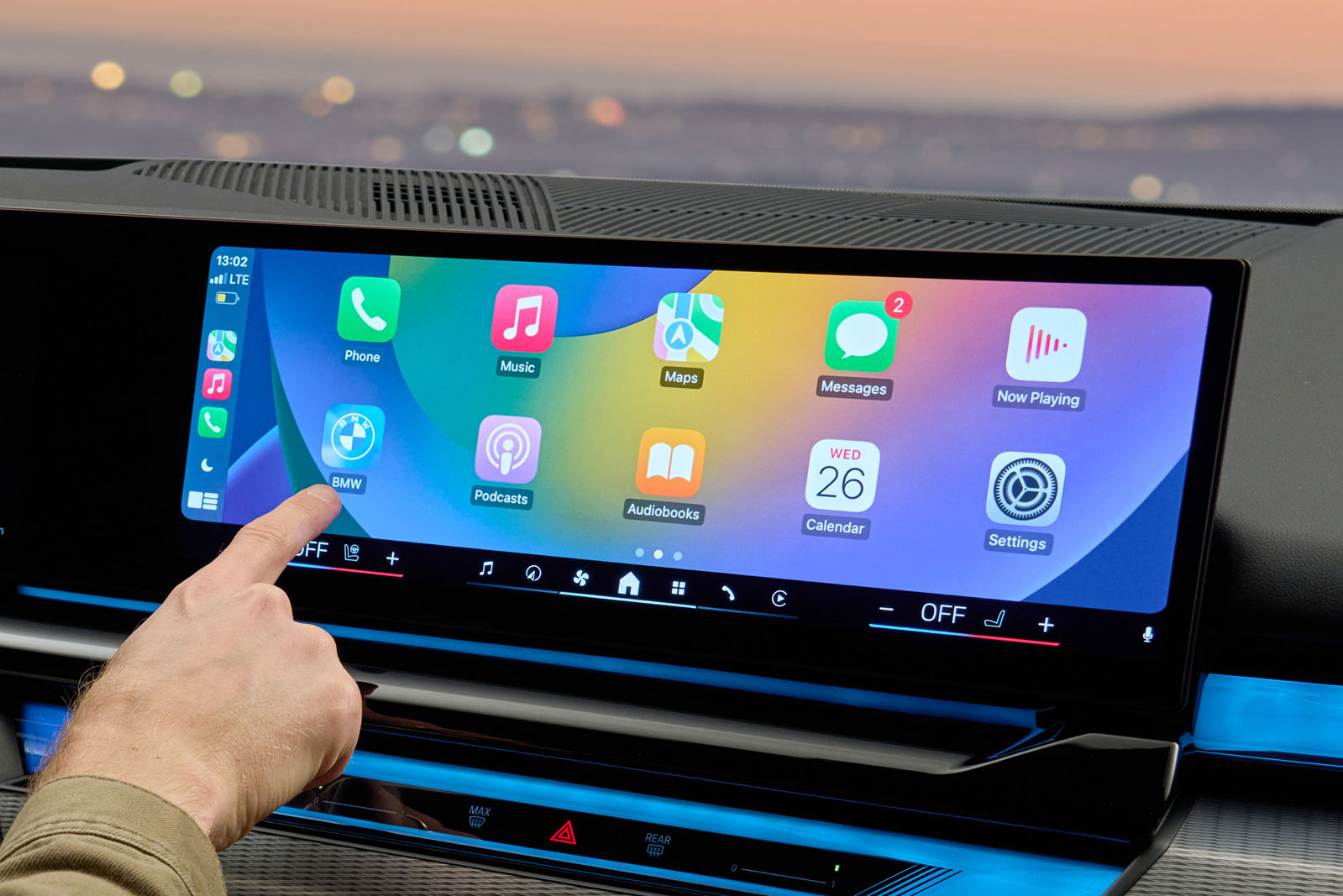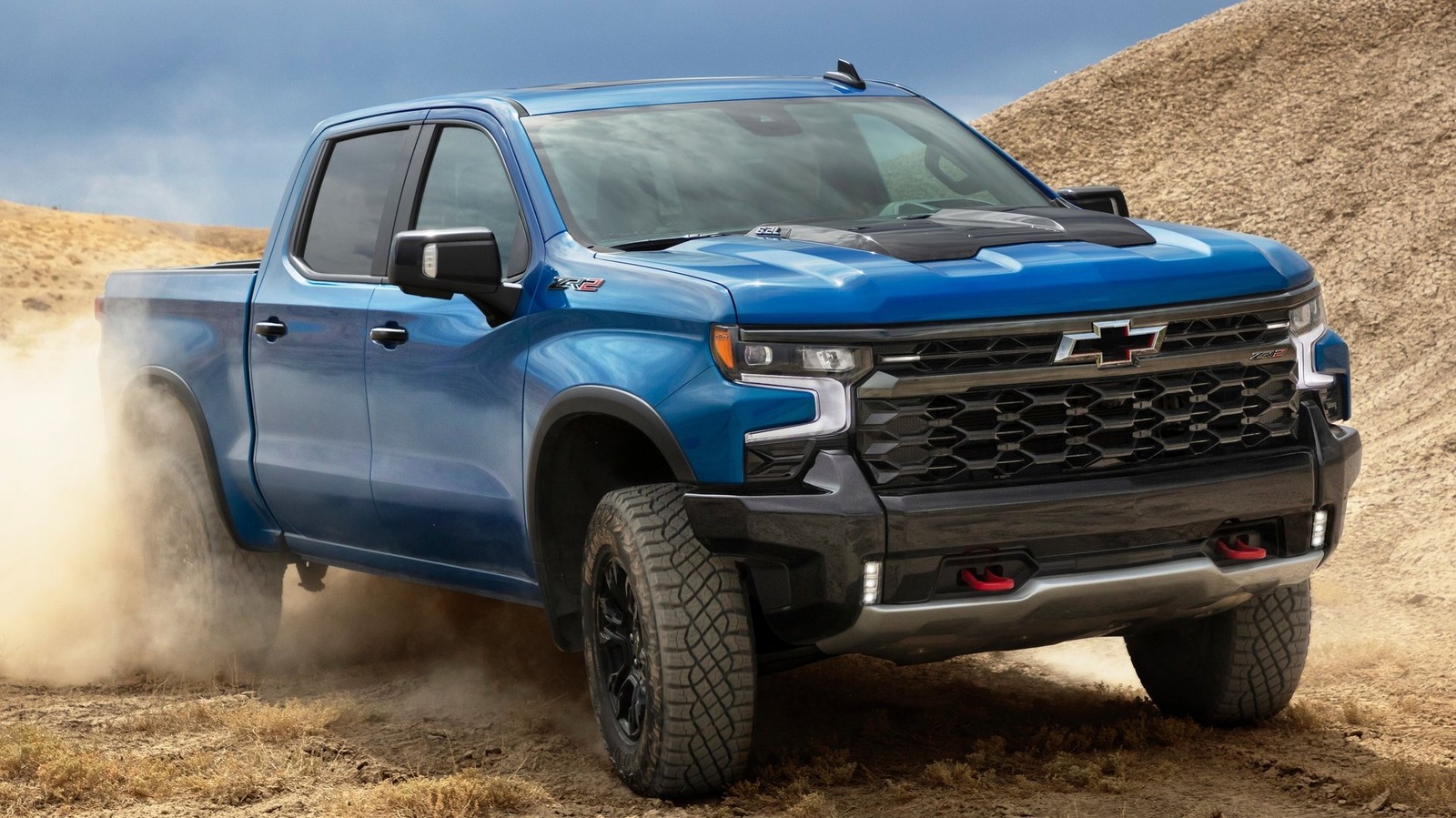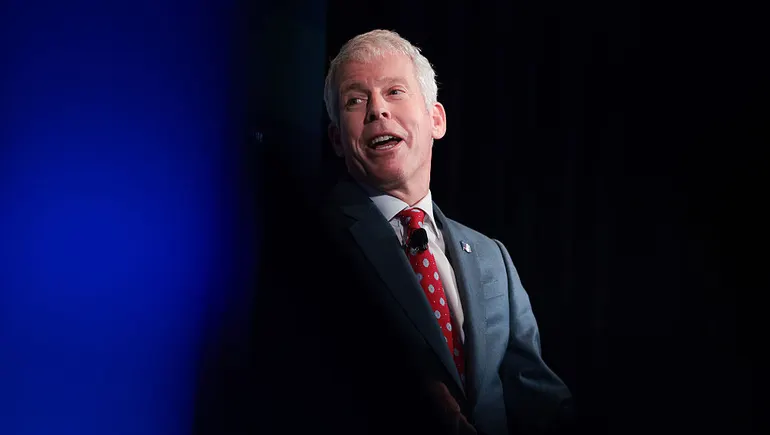Building a Carrier Packet That Wins You Freight
Your carrier packet is the first handshake for potential clients. Here are some tips to make sure yours wins you business. The post Building a Carrier Packet That Wins You Freight appeared first on FreightWaves.

Let me paint a picture.
You’re cold calling shippers. You finally get someone on the line who doesn’t hang up. You give them your pitch. They say, “Sure, send me over your carrier packet.”
Your palms get sweaty. Because what you have… is not a carrier packet—it’s a collection of documents. No direction. No cohesion. Just a W-9, your insurance cert, and your MC certificate… maybe a safety score if you’re feeling fancy.
And guess what happens?
Nothing.
That potential customer never calls you back.
Why? Because you didn’t show up as a business. You showed up as a truck.
In today’s freight market, building a strong carrier packet isn’t just about being “compliant.” It’s about being compelling. It’s your first impression. It’s your handshake. It’s your opportunity to prove you’re not just another truck with a DOT number—you’re a solution.
So let’s talk about how to build a carrier packet that doesn’t just get filed—it gets you freight.
And yes, by the end of this, I’m going to encourage you to join the Playbook Masterclass. Not because it’s cute. Because it’s critical. Because the exact structure, templates, and pitch strategies we teach inside are the difference between “No thanks” and “When can you start?”
Why Most Carrier Packets Fail
Let’s keep it real—most carrier packets fail before they even get opened.
Why? Because they’re:
- Unorganized
- Incomplete
- Poorly designed
- Focused on compliance, not confidence
- Lacking storytelling and structure
Here’s the truth no one tells you: shippers aren’t just looking at whether your documents are in order—they’re sizing you up. They want to know:
- Can I trust this company with my freight?
- Do they understand my needs as a shipper?
- Do they look like a company that has their stuff together?
A solid carrier packet answers all three—before you ever get on the phone.
Real Talk: First Impressions Happen in a PDF
Let me give you a real scenario from a student in the Masterclass.
He reached out to a small CPG shipper in Georgia. They loved the call, liked his equipment, said they might have regional lanes for him. They asked him to send over a packet. He forwarded what he thought was acceptable.
The shipper never responded.
He circled back a week later, and here’s what they told him:
“Honestly, your email felt rushed. The documents were separate files. No branding, no real intro. We had other carriers submit way more professional packets. So we moved forward with them.”
That’s how you lose without knowing you lost.
But when we helped him clean up his packet—tighten the presentation, add a branded intro letter, and include key KPIs and safety info—he re-sent it to a different shipper and was onboarded that week.
Anatomy of a Winning Carrier Packet
If you’re serious about securing freight directly from shippers or getting better attention from brokers, here’s what your packet needs to include—no exceptions.
1. Cover Page / Intro Letter
Think of this as your elevator pitch in written form. It should:
- – Briefly explain who you are
- – What you specialize in (equipment type, region, load types)
- – Why you’re reaching out
- – What makes your company stand out
- – Include contact info and branding
You’d be surprised how many carriers don’t include this, and how much it helps frame the rest of your packet.
Tip: Keep this one page, short paragraphs, and brand it with your logo.
2. Company Overview Sheet
This is your company’s resume. Include:
- – Business name and DBA (if applicable)
- – MC / DOT / EIN numbers
- – Years in business
- – Number and types of equipment
- – Service regions
- – Safety and compliance programs
- – Any certifications (minority-owned, veteran-owned, etc.)
Pro tip? Make this easy to skim. Use bold headers and bullet points.
3. W-9 and Certificate of Insurance
This part’s basic—but don’t just attach it raw.
Label it clearly. Ensure your COI includes:
- – Liability coverage
- – Cargo insurance
- – Trailer interchange (if needed)
- – Policy limits and expiration dates
And please, for the love of the freight gods—make sure your COI matches your business name exactly. I’ve seen deals stall for days over this avoidable mistake.
4. MC Certificate and Safety Snapshot
This proves you’re authorized and gives transparency on your record.
Use the FMCSA snapshot PDF, but don’t stop there. Write one short paragraph that frames your safety performance in a positive light.
Example:
“With over 250,000 safe miles logged and zero DOT-reportable accidents in the past 12 months, we pride ourselves on putting safety first. Our drivers are ELD compliant and trained on equipment-specific protocols to protect your freight.”
5. Shipper-Facing Testimonials or References (Optional, but Powerful)
Got a broker you’ve worked with consistently? Ask them to write a quick reference or testimonial. This turns you from a stranger into a trusted carrier.
If you don’t have any yet? Create a simple “Client Promise” one-pager that outlines your commitment to punctuality, communication, and load protection.
6. Load Performance Stats (Even If They’re Self-Reported)
If you’re running under your own MC and you’re tracking your KPIs—include them.
Stats like:
- – On-time percentage
- – Average RPM
- – Claims rate
- – Empty miles %
This builds trust. Even if you’re just getting started, showing that you track your data puts you ahead of 90% of other carriers.
7. Professional Design and Delivery
Now this is where most folks fall apart.
Don’t just send your docs as attachments thrown together in an email. Use a branded template. Combine everything into one PDF file. Title it professionally (i.e., “[Your Company Name] Carrier Packet.pdf”).
Write a short, respectful email with a clear subject line like:
“Carrier Packet – Available Regional Capacity – [Your Company Name]”
That email is your digital handshake. Make it count.
Common Mistakes That Kill Deals
Let’s talk about what not to do. Because I see these all the time.
- Sending unbranded, disorganized files
- Using Gmail or Yahoo instead of a business email domain
- No voicemail or a full voicemail box
- Spelling errors in your cover letter
- Sending incomplete or expired documents
If you’re serious about building long-term shipper relationships, you’ve got to treat your packet like a sales asset—not a checklist.
This is your resume. Dress it up.
“But Adam, I’m Just One Truck…”
I hear this all the time. But let me tell you something:
Shippers don’t care if you’re one truck if you operate like a company.
They care about:
- – Professionalism
- – Communication
- – Reliability
- – Consistency
- – Safety
You can win lanes over 100-truck fleets if you show up with clarity and confidence. I’ve seen it happen. Many of our Playbook Masterclass students are one-truck operations who now run recurring lanes because they presented themselves like pros—and delivered like pros.
If You’re Ready to Step Into the Room
Let me give you a mindset shift.
Your carrier packet isn’t just a “thing you send.” It’s a door opener. It’s a sales tool. It’s the thing that lets you walk into rooms that you’ve been shut out of before.
But here’s the truth: Most carriers don’t know what to include, how to format it, or how to pitch it.
That’s why we teach the full framework inside the Playbook Masterclass. We’ve got students who’ve used our exact templates and scripts to land local food distributors, packaging companies, and even dedicated lanes for Amazon overflow. It’s not a theory. It’s execution.
If you’re tired of being ghosted after “send me your packet,” it’s time to learn the sauce.
Final Word
You’re not just a driver. You’re not just a dispatcher. You’re the CEO of a freight company.
Start acting like it.
A strong carrier packet is your first step into the next level of this business. Don’t treat it like homework. Treat it like an investment.
Because shippers are watching. Brokers are watching. And every interaction is either building your reputation—or breaking it.
Part 2 of this series will walk you through how to pitch your packet once it’s built—and how to follow up without sounding desperate. Until then:
Take this seriously.
Get your docs in order.
And start running your back office like a business.Want help building it? Join the Playbook Masterclass and let’s do it together.
The post Building a Carrier Packet That Wins You Freight appeared first on FreightWaves.




















































































































![Why Did Tesla Stock [TSLA] Rise Again?](https://cleantechnica.com/wp-content/uploads/2025/04/Screenshot-2025-04-10-at-3.31.36 AM.png)

































